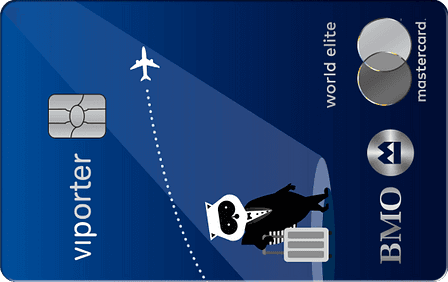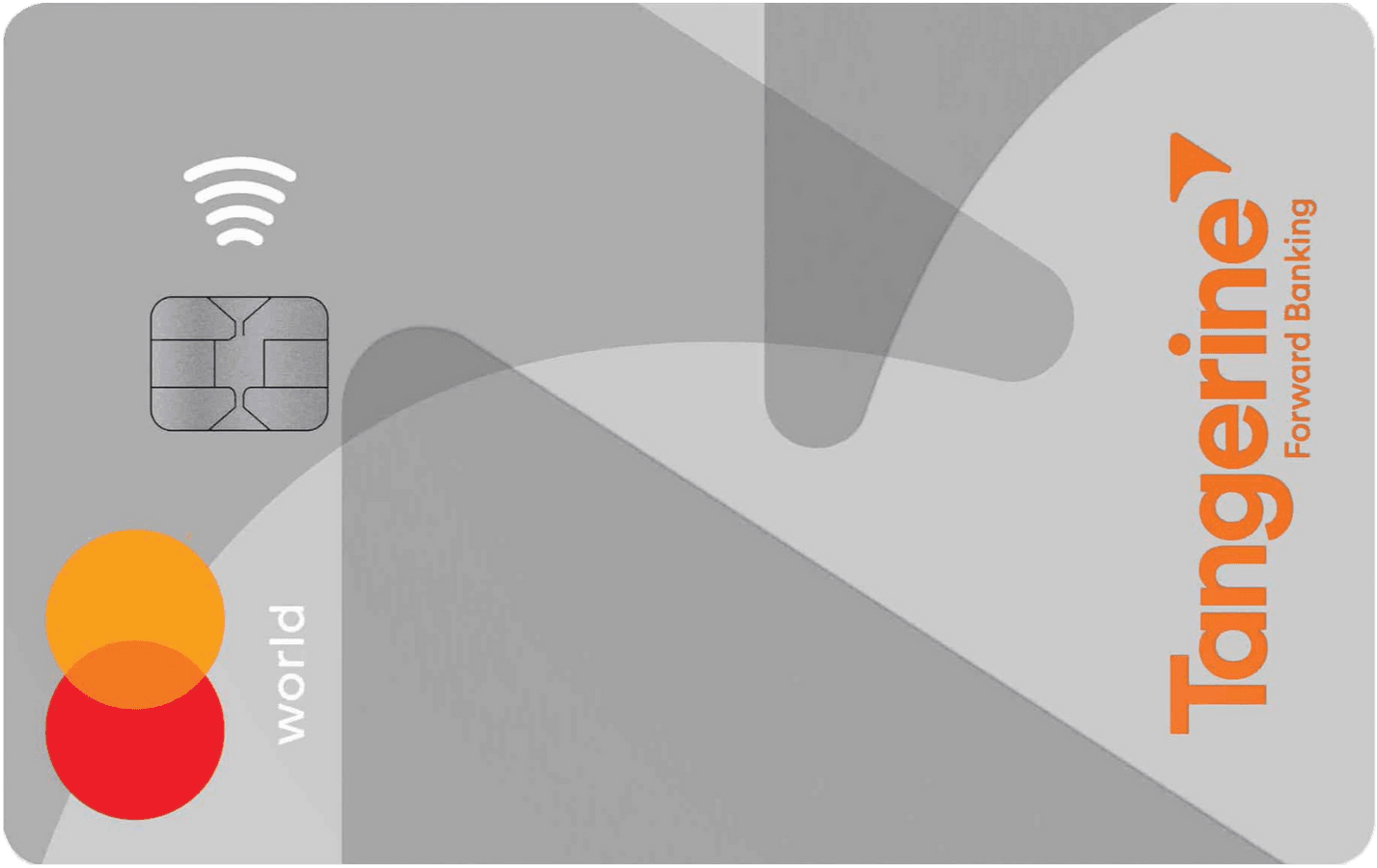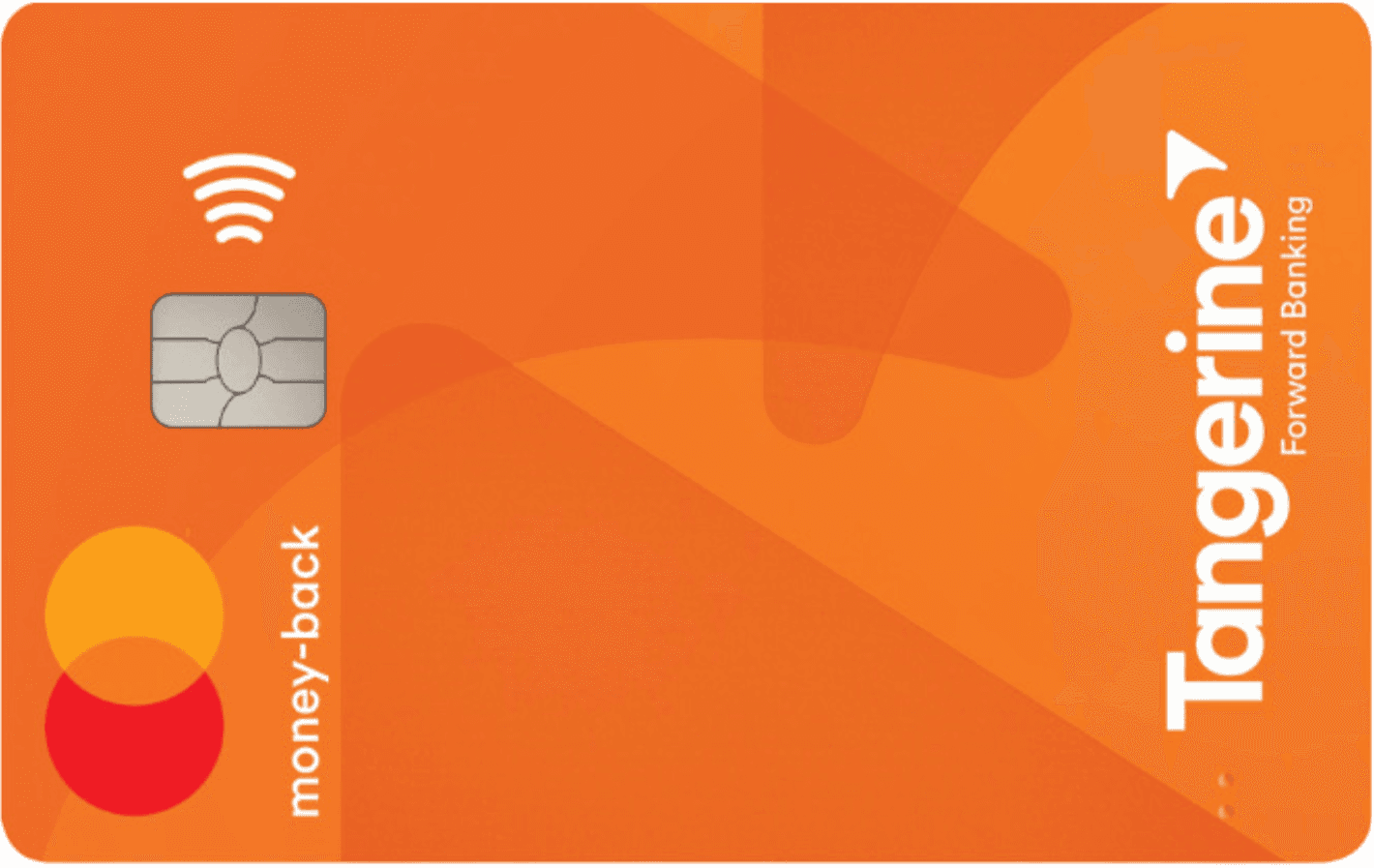Working hard in the background...
How to Build Real Financial Health During an Economic Downturn
Published Sep 9, 2025 2:51 AM • 5 min read
When faced with a sinking economy, rising unemployment, or high inflation, it becomes more crucial than ever to build your financial health.
That said, to build, you need the right toolkit. In this case, your toolkit consists of budgeting, debt reduction, savings, helpful apps, and conscious navigational strategies.
To illustrate the blueprint towards financial health during uncertain times, we packed this post with insights from some of the top voices in finance, foreign exchange, real estate, and behavioural science.
Keep reading to find out how you can build real financial health during an economic downturn, straight from the experts themselves.
Budgeting & Expense Tracking
Budgeting is one of the best ways to build financial health. Without a budget, it’s much easier to overspend, which can inevitably lead to debt accumulation.
It’s easy to take on the mindset of pay now and worry about it later, especially when there are countless credit products at your fingertips. However, to build your financial health effectively, you need to limit spending appropriately.
Before you panic about cutting back on your purchasing power, Leon Turkin, financial advisor and CEO of Turkin Mortgage, put it best: “Budgeting isn't deprivation — it's direction.”
To put you on the right path, let’s explore three expert tips for maintaining a mindful financial plan.
Plan With Purpose
When it comes to crafting a budget, there are plenty of budgeting templates or tools to choose from. Above all, however, you’ll want to build a budget with a strong foundation.
To achieve this, your budget must be composed of personal insight and intention. This starts with tracking your expenses and setting specific financial goals. This will set you up for success and reduce future money stress.
According to Jonathan Kuipers, Head of Growth at ProjectionLab, financial uncertainty is best remedied by a well-thought-out plan. “That means understanding how your income, expenses, and investments play out across different scenarios,” says Kuipers. “Whether you work with a financial advisor or use a planning tool like ProjectionLab, the key is having a clear framework so you can stay grounded and act with confidence.”
Keep Things Flexible and Customizable
Not only is it important to have a solid understanding of your budget; it’s also crucial to allow that budget to be both flexible and customizable in an ever-changing economy.
Turkin states that while a budget is simply a financial plan, “the most effective plans are realistic and tailored to you.”
While it can be helpful to stick to popular budgeting practices, Turkin assures us that flexibility is key. As a starting point, he admits that he usually recommends the 50-30-20 rule to his clients, which allocates 50% of your income to the necessities (such as rent/mortgage, utilities, and food), 30% towards non-essential expenses (like dining out, clothing, and subscriptions), and 20% towards your savings or any collected debt. At the same time, he also recognizes that external factors, such as where you live, can impact this formula. “In costly cities like Vancouver or Toronto, shelter alone will swallow over 40-45% of net income. So we adapt.”
Implementing this budgeting method into your life becomes less about each specific categorical value, and more about which categories you should prioritize first. For example, essential expenses should always be priority #1.
These numbers also allow room for growth. If you can only contribute 10% towards your savings for now, there’s nothing wrong with starting there and working your way up to that 20%.
Turn Budgeting Into a Habit
Dr. Sekoul Krastev, a decision scientist and Co-Founder of The Decision Lab, suggests that effective budgeting is far more complex than following a common criterion. “Traditional advice emphasizes budgeting tools, but behavioural science shows that success depends on turning budgeting into an automatic habit anchored to daily routines.”
To properly “anchor” budgeting into your daily routines, you need to practice saving money wherever possible. Some examples include creating your weekly grocery list based on available coupons, taking public transportation, or shopping for clothes and household items at second-hand shops. The idea is, if you lead a budget-friendly lifestyle long enough, budgeting will become second nature and – when practiced frequently – something you can master.
Debt Reduction
Blindly paying off your debt one repayment at a time is beneficial, but it’s not very strategic. As Lenny Richardson, leading real estate consultant and founder of Productivity Accelerator, puts it, when it comes to your debt, “you need a system — not guesswork.”
Creating a detailed repayment strategy sounds daunting, since debt is already intimidating to begin with. Turkin describes it as the most frequent source of money stress he encounters. Not only this, but because interest rates remain high in 2025, “paying off balances on high-interest credit cards or unsecured lines of credit can be cost-prohibitive.”
So, how do you tackle debt more cost-efficiently? Simple: debt consolidation.
There are several ways to consolidate your debt, including:
- Debt Management Plans
- Debt Consolidation Loans
- Credit Card Balance Transfers
- Home Equity
You can also look to alternative payment plans to pay off your debt. The two most common strategies are the avalanche method and the snowball method – both of which were mentioned by contributing experts Lenny Richardson and Leon Turkin:
- Avalanche Method: Paying off balances with the highest interest rates first and working your way down
- Snowball Method: Covering smaller balances first and building up to the larger ones
These two experts also disclosed real-life scenarios where both debt consolidation and the avalanche method proved to be successful.
Richardson kindly shared a personal experience with debt consolidation. “Years ago, I was over $10,000 deep in credit card debt. Minimum payments weren’t enough, and interest made it feel like I was throwing money into a hole. I turned it around by consolidating my debt onto a 0% interest credit card.”
For Richardson, this decision paid off – literally. “That one move turned five payments into one — and gave me breathing room. I paid it off in a little over a year.”
He summed up his experience by stating that debt consolidation might not be for everyone, but for those juggling several balances, “it can be a lifeline.”
Similarly, Turkin shared how debt consolidation helped two of his clients. “I worked with a couple from Edmonton with $46,000 of total debt (student loans, auto loans, credit cards). We paid off their credit card balances using a low-interest loan from a credit union (4.9% fixed rate vs. 19.99% on the cards), and rescheduled payments in an avalanche approach. In this time, they paid off the entire debt load within nearly 3 years, and improved their credit scores by over 100 points.”
In the end, when it comes to debt reduction, you can turn to Richardson’s key takeaway: “Don’t just chip away at debt. Reframe it. Structure it. Then eliminate it with intention.”
Still curious? We cover everything you need to know about getting out of credit card debt in a previous post, get the full guide here.
Savings
So, let’s say you’ve put together a thoughtful budget and you’ve climbed your way out of debt. In that case, it’s time to start saving – strategically.
Turkin recognizes that, since COVID19, Canadians have been dealing with fluctuating job markets and growing inflation. In this type of environment, he poses some critical questions: “I always advise clients to "stress test" their finances. What happens if you lose your job? How will you be able to continue making mortgage or rent payments?”
The obvious answer here is to tap into savings, but, as with everything, there are smarter ways to approach and manage excess money.
Be Realistic About Your Priorities
To save appropriately, you need to have financial stability. As mentioned previously, this might mean the bulk (if not all) of your income goes towards essential expenses, at least until you’re making enough money to contribute meaningfully to a savings account.
“I know what it’s like to try and save when you’re broke. In my early 20s, I worked two jobs — one was at Brooks Brothers and paid $11 an hour, the other was at American Eagle and paid around $9/hr. I was always working, but never ahead,” shares Richardson. “That’s when I realized: you can’t save your way out of being underpaid. So I shifted my focus to increasing my income.”
Open Up a High-Interest Savings Account
Once you have enough income to make significant contributions, consider opening up a high-interest savings account. A high-interest savings account (HISA) or a high-yield savings account (HYSA) is where earners can stash cash to collect above-average interest rates on their balance.
“I would recommend opening a high-interest savings account with the likes of EQ Bank or Tangerine, which pay 4–5% APY interest today,” says Turkin. “When saving for periods longer than a few months, using a TFSA is a no-brainer in Canada — it's flexible, tax-free, and can hold anything from GICs to ETFs.”
Automate Savings
According to Richardson, there’s a better way to use a savings account. “High-yield accounts like EQ Bank or Tangerine (for Canadians) are great, but the real secret is automation,” he reveals. “Set it, forget it, and let it grow.”
Turkin adds to this conversation by recalling another client’s experience. “A client in Montreal with $65,000 annual income set up an automatic $200 paycheque transfer to her TFSA and hardly missed it after a few months. Two years later, she had accumulated over $11,000 — more than enough to fall back on for three months' worth of living expenses.”
For more tips on saving, bookmark our money saving plan.
Leave Yourself Some Liquidity
Having enough money to fall back on in an unpredictable economy offers peace of mind, and Turkin’s client had the right idea.
“Your emergency funds should save at least 3-6 months' worth of living expenses and be held separate from your everyday spending accounts,” Turkin specifies.
Kuipers expands upon this same thought: “That buffer gives you options if your income changes or unexpected costs arise.”
Navigating Uncertainty During an Economic Downturn
Economic uncertainty can be tough to navigate, both logically and emotionally.
To help you venture through the chaos, our featured experts came up with these three tips:
Separate Reaction From Decision
When the economy shifts, stress tends to spike, leading spenders to make impulsive decisions.
"People feel pressure to act quickly, but don't let a timetable get in the way of a good deal,” says Rahim Madhavji, President of Knightsbridge Foreign Exchange. “In cases where exchange rates are likely to become unfavourable, decisive action makes sense. However, if you have time to sit on a transaction, set up mobile alerts to ensure you're executing in the right conditions at the right rate.”
On top of applying pressure, a weak economy pushes people into behavioural biases. “During economic downturns, Canadians are more likely to fall prey to cognitive biases like loss aversion, which can lead to overly conservative or risk-seeking decisions,” Dr. Krastev explains. In other words, people become so afraid of losing money that they’ll either turn down smart opportunities — like responsible investing — or resort to risky actions, such as seeking high returns from high-risk investments.“Knowing this allows for better financial coaching and tool design,” Krastev adds.
Overall, the solution is to swap out emotion-driven decision-making for informed decision-making, whether that means setting up alerts for guidance or understanding the behavioural science behind an economic downturn and approaching it thoughtfully.
Adapt
Sometimes, the best way to be prepared is to be ready to adapt. Flexibility makes uncertainty less scary.
In the world of foreign exchange, Madhavji tells us that exchange rates are ever-changing, so your approach to finance must be flexible.
Richardson takes this a step further, when the economy gets “shaky”, he suggests that individuals remain adaptable and guides them on how to do so. “I advise clients to immediately cut variable expenses by 10-15%, rebuild their emergency funds, and avoid new major liabilities like luxury car payments or oversized mortgages.”
In fact, he’s also seen how flexibility works in people’s favour. “I’ve seen clients completely shift their trajectory just by building a side hustle or renegotiating their major expenses during downturns.”
On adaptation, Richardson leaves us with this conclusion: “You don’t need to predict the market—you just need to prepare like it might turn on you tomorrow.”
Diversify
Diversifying investments is a good approach to safeguarding your money in a fluctuating economy. If all of your money is invested in one place and that market crashes, you’ll be left without a plan B.
In some cases, it might be valuable to diversify your investments beyond Canadian markets. “Do not rely solely on domestic investments. That leaves you vulnerable if the local economy slows,” advises Kuipers. “Consider broadening your exposure with international equities, global bonds, and alternative assets. Diversification will not eliminate risk, but it can help smooth out returns when things get bumpy.”
Apps & Tools That Actually Work
A couple of our contributors took the time to recommend some apps and tools to help you budget, save, invest, earn, and track spending.
Here are Richardson’s top picks:
- YNAB – for budgeting
- Mint – for all-encompassing tracking
- KOHO / Wealthsimple – for Canadian-friendly saving/investing
- Questrade / Interactive Brokers – for affordable investing
- Finty – for tracking and collecting cashback/deals
- Google Sheets – a flexible and underrated option for tracking spending
He concludes his list with this piece of advice: “Whatever tool you choose, use it consistently. Apps don’t change your life — your behaviour does.”
Turkin also praises programs like Mint and YNAB. Additionally, he suggests PocketSmith – a budgeting and personal finance software. These apps earn his approval because they link directly to Canadian bank accounts and assist in managing spending.
To demonstrate just how effective Mint can be, Turkin shared the following:“A client, a Waterloo software developer, discovered with the help of Mint that she was spending over $900/month on eating out and food takeout. By planning meals and saving takeout for weekends, she cut that in half — leaving her with another $450/month to put into her RRSP and emergency fund.”
Conclusion
The conversation on how to build real financial health during an economic downturn leads to three key takeaways:
- Make conscious, informed decisions based on a clear financial plan.
- Keep your finances flexible to adapt to economic shifts.
- Focus on creating money-optimizing habits that serve you now and into the future.
With expert insights from across the financial landscape, you’re now better equipped to handle economic uncertainty with confidence.
To put these perspectives into practice, revisit your spending to create a realistic budget, stress-test your savings, or explore recommended tools and apps that align with your goals. By taking these steps, you can turn practical actions into tangible progress.
Frequently Asked Questions
How do I not view budgeting as a restriction during an economic downturn?
Budgeting isn’t about depriving yourself, it’s about gaining control. Take it from Leon Turkin, who describes budgeting as “direction,” not deprivation. Start to view your budget as a roadmap to success, rather than a limitation.
What are some strategic ways to tackle debt, especially when interest rates are high?
Instead of making random repayments, experts recommend debt consolidation tactics or payment strategies like the avalanche or snowball methods.
For example, consolidating debt onto a zero-interest credit card helped expert Lenny Richardson overcome $10,000 of debt.
Likewise, Turkin helped two of his clients reduce $46,000 in debt using a low-interest loan paired with the avalanche method.
How should someone prioritize savings when living paycheck to paycheck?
The only way to start saving is by establishing financial stability. Lenny Richardson emphasizes that you cannot “save your way out of being underpaid,” but you can save yourself from financial burnout by increasing your income first and foremost.
What kind of mindset helps you navigate financial uncertainty with confidence?
Emotional reactions can lead to poor decisions during economic downturns. As a result, experts advise separating reaction from decision by staying informed and diligent, using helpful tools, and understanding behavioural biases like loss aversion. Adaptability is another key, practiced by cutting unnecessary expenses, avoiding new liabilities, and considering additional sources of income. Lastly, diversifying your investments allows you to avoid over-reliance on one market by spreading your money out strategically to keep it safe.
Featured Offers

Get up to 10,000 points with no annual fees

Get up to 85,000 Aeroplan points with the best Aeroplan credit card in Canada, over $1,700 in value not including the benefits!

Earn up to 60,000 points, 4 lounge passes, $100 travel credit and 2x the points on all your purchases
Trending Offers

BMO VIPorter World Elite Mastercard®∗

Tangerine World Mastercard

Tangerine Money-Back Credit Card

MBNA Rewards World Elite® Mastercard®
What's on this Page
About the author

Sara Skodak
Lead Writer
Since graduating from the University of Western Ontario, Sara has built a diverse writing portfolio, covering topics in the travel, business, and wellness sectors. As a self-started freelance content ...
SEE FULL BIOAbout the editor

Faith Ogunkanmi
Editor
Faith is a seasoned finance professional with over six years of experience specializing in credit analysis, financial risk assessment, and business/personal lending. My background includes extensive w...
SEE FULL BIO